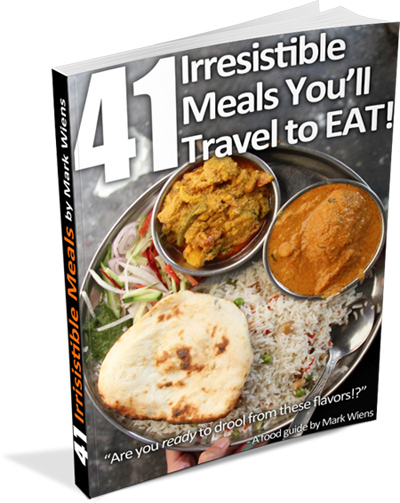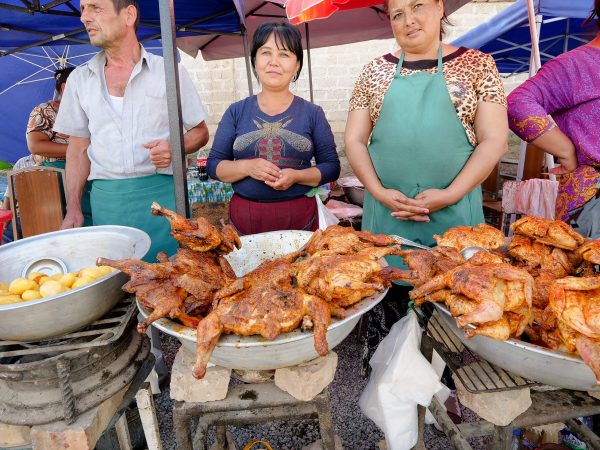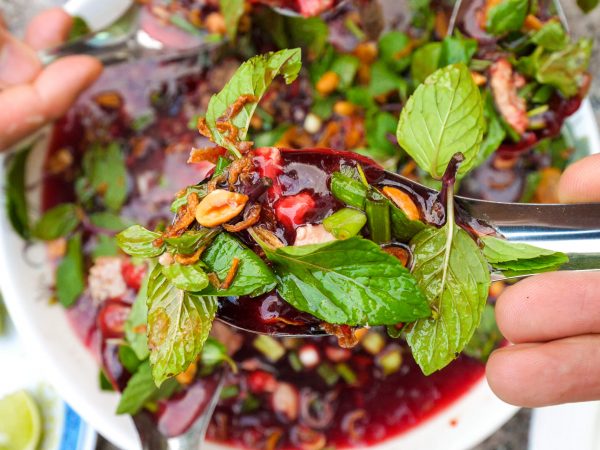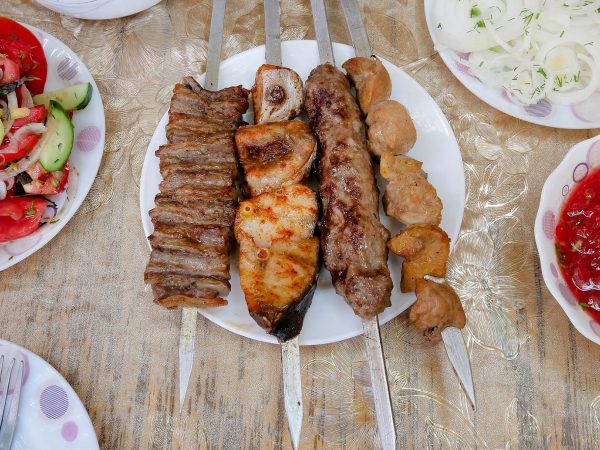
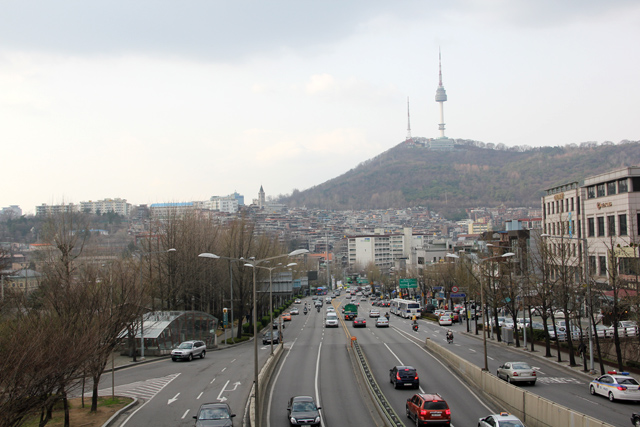
Seoul, South Korea, is a wonderful city – modern and trendy yet traditional and charming.
Like any large city, residents have to be a little aggressive to do anything. Get on the subway and you might be pushed and bumped or elbowed going up the escalator. But don’t worry, people in Seoul are actually extremely kind, willingly giving you directions and excited to see foreigners – sometimes it’s just necessary to be aggressive in a city of 25 million inhabitants!
While confused looking at a map, there were a number of times when a local Seoulite just stopped by and asked if I needed help.
After spending a little over 2 weeks in the Seoul, here is a Seoul travel guide including the most practical travel information I recorded during my stay:
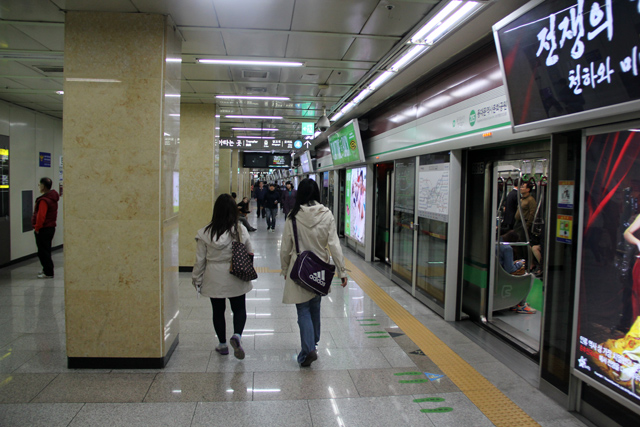
Transportation in Seoul
It’s possible to walk to many of the central attractions in Seoul, but to get to other neighborhoods you’ll need to take transportation.
Subway: With 8 main lines and a few others, the Seoul subway system is extensive, convenient, timely and affordable. To be honest, I guess unless you’re out very late at every night, the subway will be your main method of transportation when you travel to Seoul. I didn’t even take a taxi and I only took one bus during my entire 2 week stay.
At first the Seoul subway stations map can be a little confusing, but after a few days it gets much easier. Signs within the subway are written in both Korean and English. Just about everything in this Seoul travel guide can be covered by subway.
Shorter journeys cost 1,150 Won ($1) and I took one trip about 30 stations away that cost 1,850 Won ($1.62).
Taxi: Taxis are available all over the roads, but being honest, I didn’t even set foot in a taxi while in Seoul. CNN Go has a pretty good guide about taxis in Seoul if you’re interested.
Bus: Buses are widely available and are very clean and safe. I actually only took a bus once while in South Korea, and it cost me 1,100 Won (a little less than $1) for the ride. If you want to take the bus around Seoul, take a look at this useful bus guide.
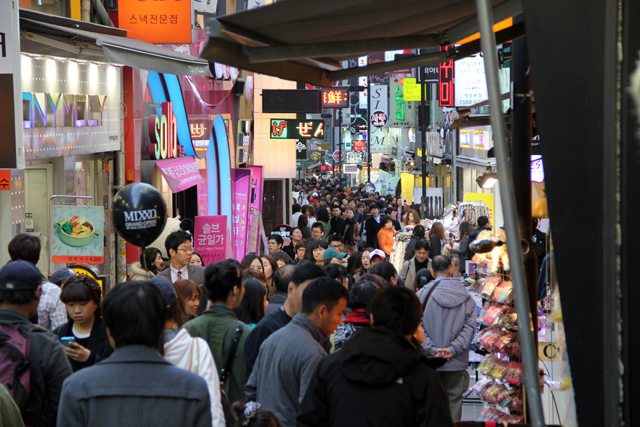
Areas of Town
While there are countless neighborhood suburbs surrounding Seoul, these are a few of the main neighborhoods that I visited that would make a great homebase while you’re visiting the city. Here are some areas I recommend in this Seoul travel guide:
Myeongdong is Seoul’s ultimate shopping headquarters. It’s here that you’ll find shopaholics hustling form store to store purchasing bags of cosmetics and the latest bright colored tennis shoes. But don’t worry, along with shopping comes lots and lots of restaurants and an everlasting supply of Korean street food. As a very central area, you can walk to many other places or just take a short subway trip.
Insadong, located near the Bukchon Hanok traditional village, the Gyeongbokgung Palace, and not far from the awesome Gwangjang Market, is one of the more touristy areas of town. However, because it’s located smack dab in the center of vibrant Seoul, you can walk all over and be surrounded by local life. Insadong makes a great central location if you want to be in the busyness of Seoul for a few days.
Get exclusive updates
Enter your email and I’ll send you the best travel food content.
Hongdae, referring to Hongik University, is located east of central Seoul – maybe a 10 minute subway ride away. With more shopping, tons of restaurants, lots of boutique shops and cafe’s, Hongdae makes a wonderful place to stay. It also happens to be the biggest club nightlife area of Seoul famous for its monthly club hop.
Itaewon is probably Seoul’s most international district and the place where I first stayed when I was in Seoul. You can find loads of international restaurants (as well as Korean restaurants), a few international supermarkets, great shawarma stands, Turkish ice cream, and lots of international bars and pubs. You’ll also find lots of street shopping, mostly fake designer type goods, as well as indoor stores selling authentic stuff. Located just south of central Seoul, Itaewon is also in a very central location.
Of course there are lots more areas in the city, but for this Seoul travel guide, these are the main famous areas.

Eating and Food
Food is more expensive than I had thought – so unlike eating while backpacking Southeast Asia, I did have to hold myself back in order to stick to my budget. That being said, there’s tons and tons of food in Seoul and it’s ambrosial.
Kimchi
Kimchi, as I’ve mentioned about South Korean food, is a vital part of life in Korea. It’s so important that I don’t think a trip to Korea would be the same without it. Luckily it’s delicious and goes well with just about everything. I could probably survive for years on just kimchi and rice alone.
Seoul Street Food
Korean street food in Seoul is more along the lines of snacks and greasy things on sticks rather than full meals. Normally you’ll be served while standing in a tent or on the side of the road. If you love to snack, there are lots of Korean things to taste!
Koran Restaurants in Seoul
For more filling meals, there’s a seemingly everlasting array of tantalizing restaurants with beautiful food images covering the windows. It’s hard to resist the temptation to eat everything – I had to tie myself down. Cheaper meals like kimchi stew cost in the 4,000 – 5,000 Won ($3.51 – $4.38) range and include the delicious side dishes and often a tin of rice. If you go for Korean barbecue, you’ll likely wind up spending 10,000 Won ($8.77) or more per person.
Note: For ordering your food (if you don’t speak a word of Korean), the pictures outside of each restaurant makes it easier to point to order. With barely any knowledge of the Korean language, I did a lot of pointing! Also, be sure to check out this food list to be able to order better.
Some hostels and guest houses serve free rice and sometimes kimchi (see officetel accommodation in the guide below), which is a good way to save a little money.
Living in Bangkok, I’m used to eating insane amounts of fruit for cheap. Fruit in Seoul on the other hand can be quite pricey. 1 stalk of banans runs around 3,000 Won ($2.63) while oranges cost around 5,000 Won ($4.38) for 6. Strawberry’s were the best deal when I was there, for 3,000 Won ($2.63) per box.
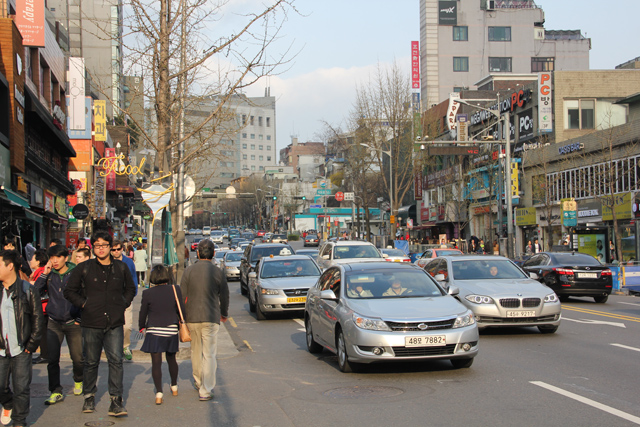
Drinking and Partying
The cheapest way to drink in Seoul is to stop by a local supermarket or convenience store where you’ll find little bottles of soju for just 1,000 Won (less than $1) or so. You’ll also find small bottles of beer around 1,000 Won (less than $1) and larger bottles of beer from 1,500 Won ($1.32) to 2,000 Won ($1.75).
At clubs and bars you’ll pay around 3,000 Won ($2.63) for a bottle of soju, 2,000 Won ($1.75) for a small bottle of beer and 2,000 – 3,000 Won ($1.75 – $2.63) for a larger bottle of beer.
Despite Seoul being relatively expensive to travel to, it’s still rather affordable from a Western standpoint if your’re looking for alcohol. Cheap booze is one of the reasons to love South Korea.
Here are a few of the most popular areas for partying nightlife in Seoul:
Itaewon is Seoul’s most international neighborhood. There are lots of foreign restaurants as well as many bars and clubs that can cater to someone watching their budget.
Hongdae, located near Hongik University, has a large young club scene. Some of the most well known clubs in the entire city are located in Hongdae, and it’s a great place for a big night out.
Apujeong is a little on the more elegant higher society level of nightlife. If you’re looking to drop cash, you may want to head out for a night in Apujeong.
You can check out this site for more information about Seoul nightlife.
Where to Stay in Seoul?
Accommodation in Seoul is what really drives up the prices in this Seoul travel guide. On the low side, it’s easy to drop $15 – $30 a day per person to stay in the city.
Phil House is one of the BEST guest houses I’ve ever stayed at! It’s affordable (for Seoul) located at the Achasan Subway station, about 20 minutes from the central area of Seoul.
Private rooms at Phil House go for about $50 per night (for 2) while dorm beds run at about $11 per night (very cheap for Seoul). It’s clean, new, and I’d highly recommend Phil House as an excellent place to stay.
Officetels: Looking to spend as little as possible on accommodation, yet have your own privacy? You may want to check out the mini rooms offered by a number of officetel buildings in Seoul.
These rooms are TINY, basically an office cubicle made into a room where you can touch 4 out of 6 walls at one time. The coolest part was the free rice and kimchi! You can get a room for about $15 – $20 per person per night, with a shared bathroom.
For more great deals on Seoul accommodation, be sure to check out this link.

What to Do
In a city the size of Seoul, there’s a plethora of things to do and see. From shopping and eating to ancient palaces and mountain hiking, you’ll surely find something of interest in the city.
In this travel guide, I won’t go into all the possibilities, but make sure to check out my complete list of best things to do in Seoul.
Costs and Prices in Seoul
$1 USD = about 1,150 South Korean Won
Visiting Seoul was quite a bit more expensive than I had thought before going. Here’s a quick list of some of the things I bought and how much they cost:
- Hostel dorm bed: $15 – $20 per night
- Private single room at guest house / hostel: $30 – $50 for 1
- Private double room at guest house / hostel: $40 – $70 for 2
- Gyeongbukgung Palace entrance: 3,000 Won ($2.63)
- War Memorial: Free
- National Museum: Free
- N Seoul Tower: 9,000 Won ($7.89)
- Subway ride: 1,150 – 1,850 Won per ride ($1 – $1.62)
- Bus ride: 1,000 Won and up ($1)
- Taxi ride: starts at 4,500 Won ($3.95) and goes up from there by time and distance
- Loaf of bread at supermarket: 1,500 Won ($1.32)
- 500 ml water: 500 Won ($0.44)
- Big bottle of water: 900 Won ($0.79)
- Beer at 7-Eleven: 1,000 Won ($1)
- Beer at bar / club: 3,000 – 5,000 Won ($2.63 – $4.38)
- Street food snack: 1,000 – 3,000 Won (less than $1 – $2.63)
- Cheaper Korean meal at a restaurant: 3,000 – 5,000 Won ($2.63 – $4.38)
- Meat barbecue: 8,000 Won ($7) per person and way up
- Nicer meal: expect to pay 10,000 Won ($8.77) and up
How much money will you need per day to travel to Seoul:
There’s NO 10 dollar a day traveling in Seoul. I averaged out to a little over $30 per day (including accommodation), but let me tell you it would have been easier to spend more.
Low End: $20 – $40 per day
Mid Range: $40 – $60 per day
Higher: limitless, you could go through money like water
Seoul is not really a budget travel destination, but it is a great city to explore, to get lost in, and is full of fun and adventure. I spent two weeks in the city, and while that was plenty of time to do many things, I didn’t get to see everything.
If you have a chance to visit Seoul, I hope this Seoul travel guide (video) will be useful in your travel planning!
Do you have any other essential information? Please leave a comment!
Get exclusive updates
Enter your email and I'll send you the best travel food content.
